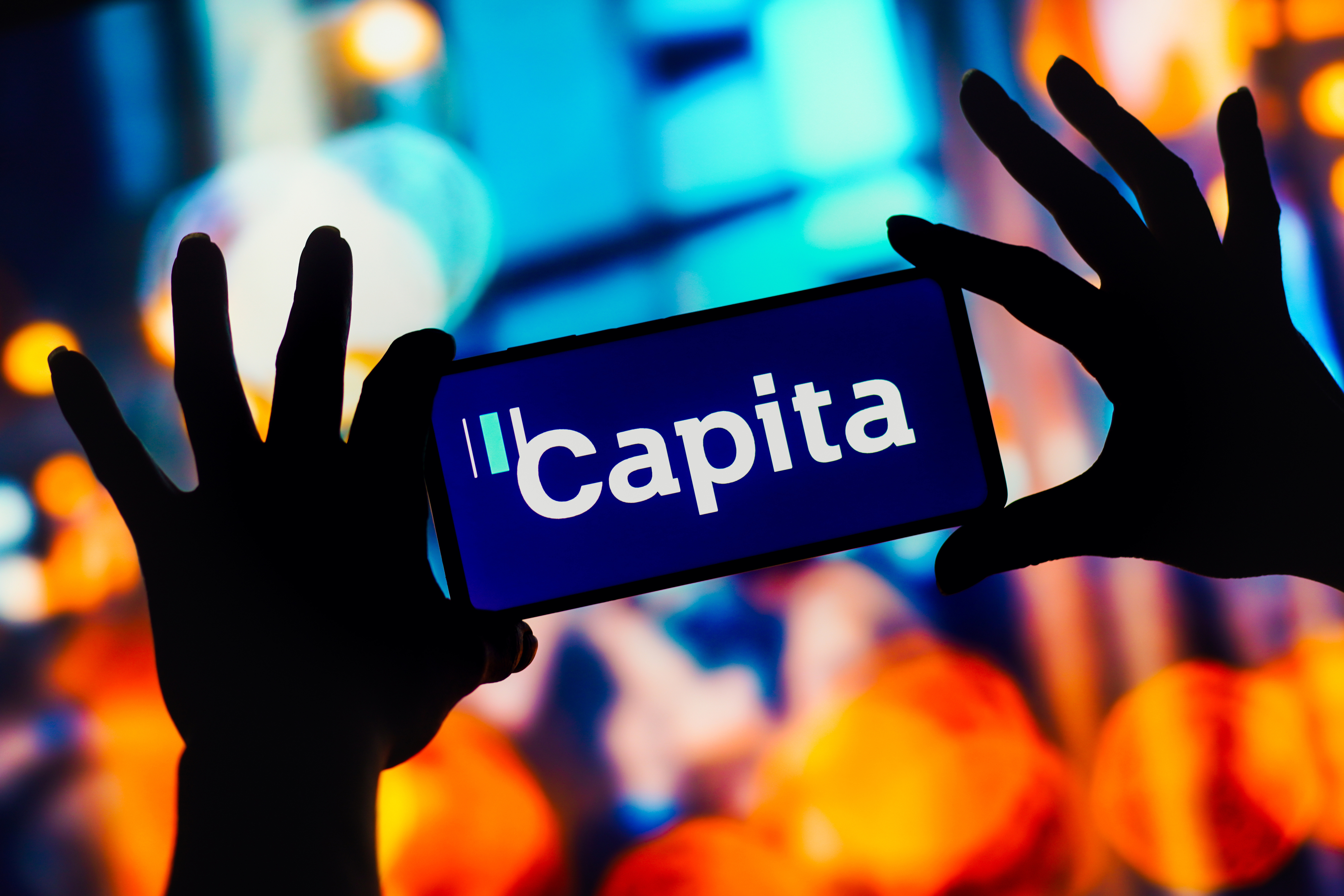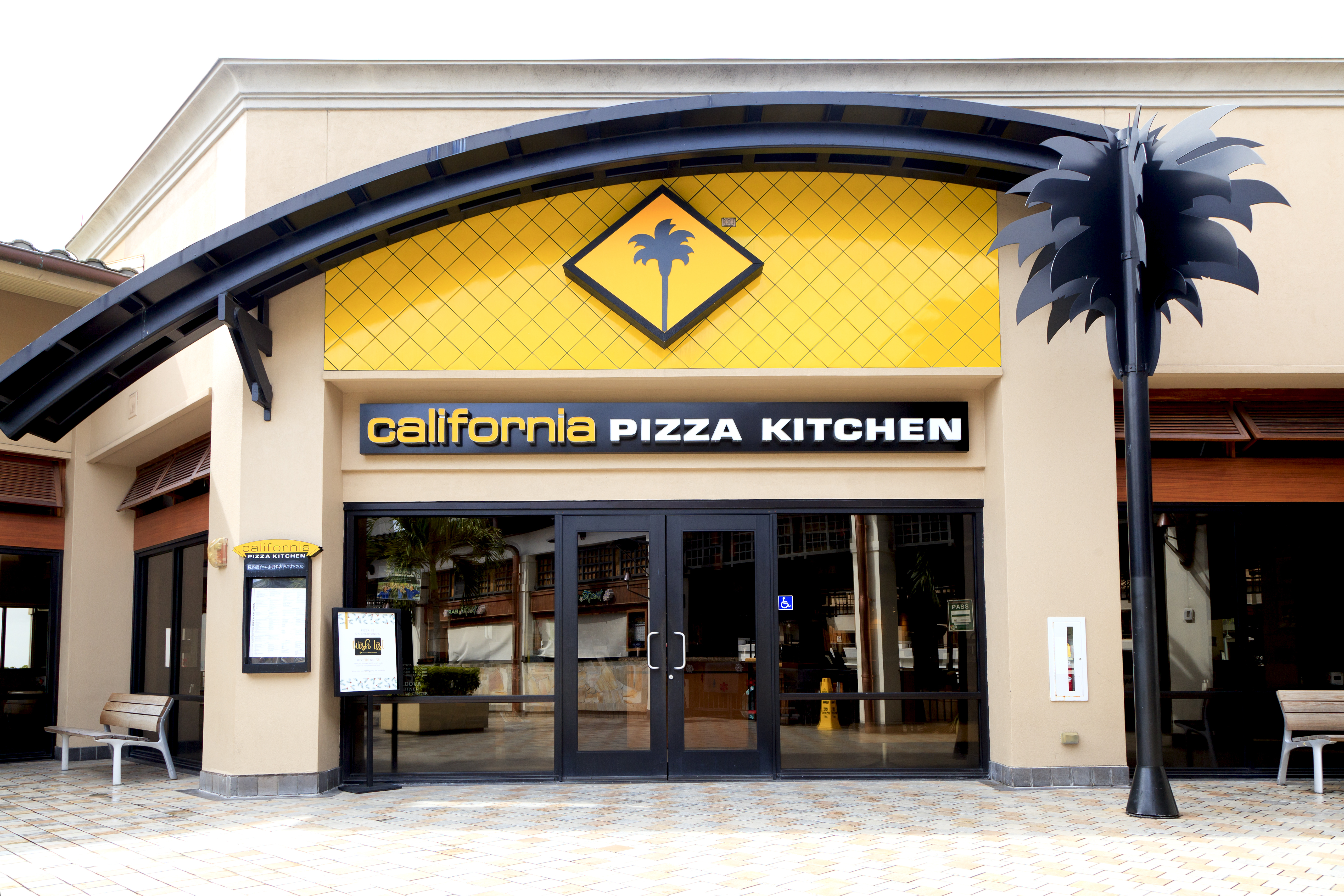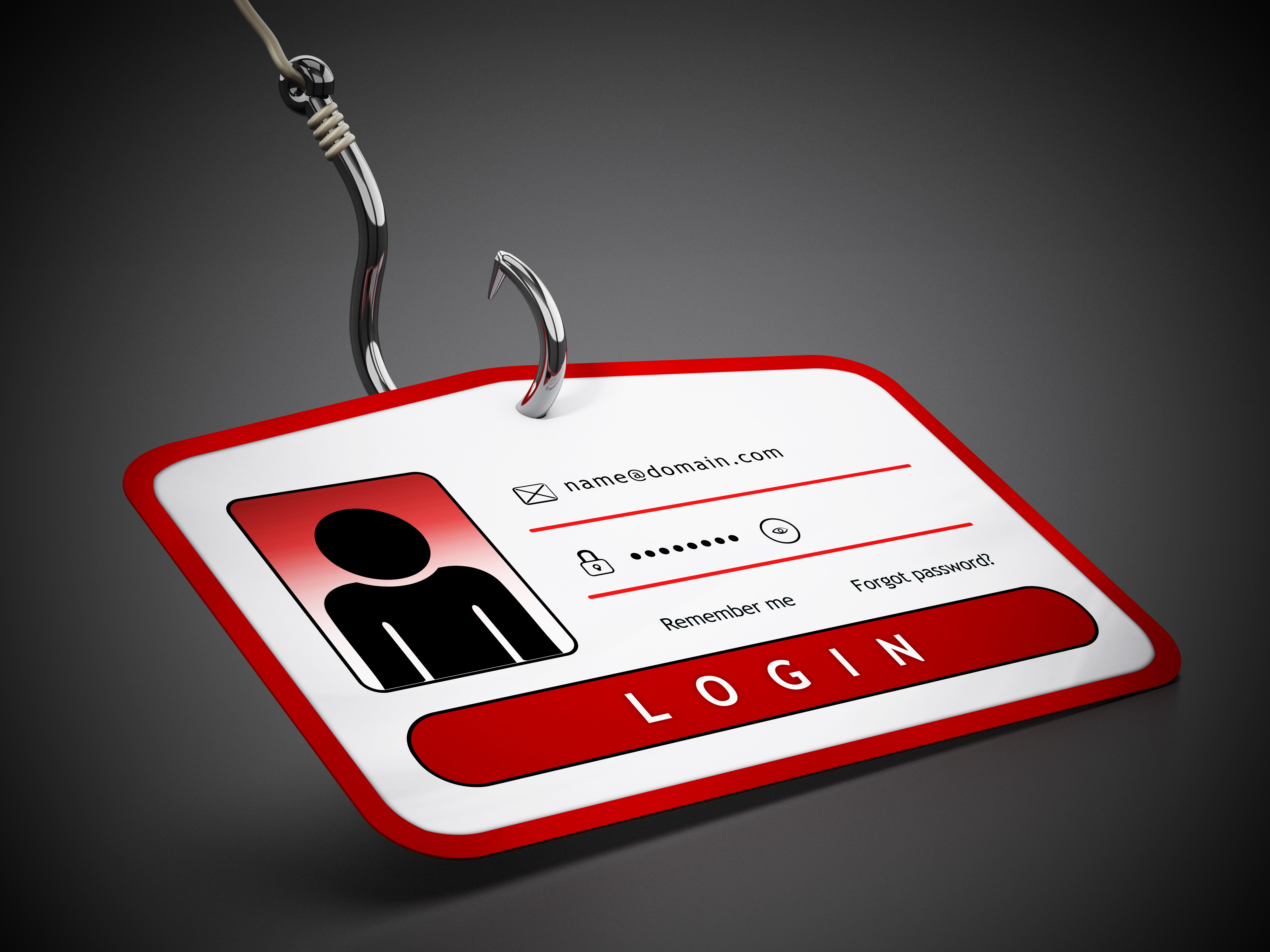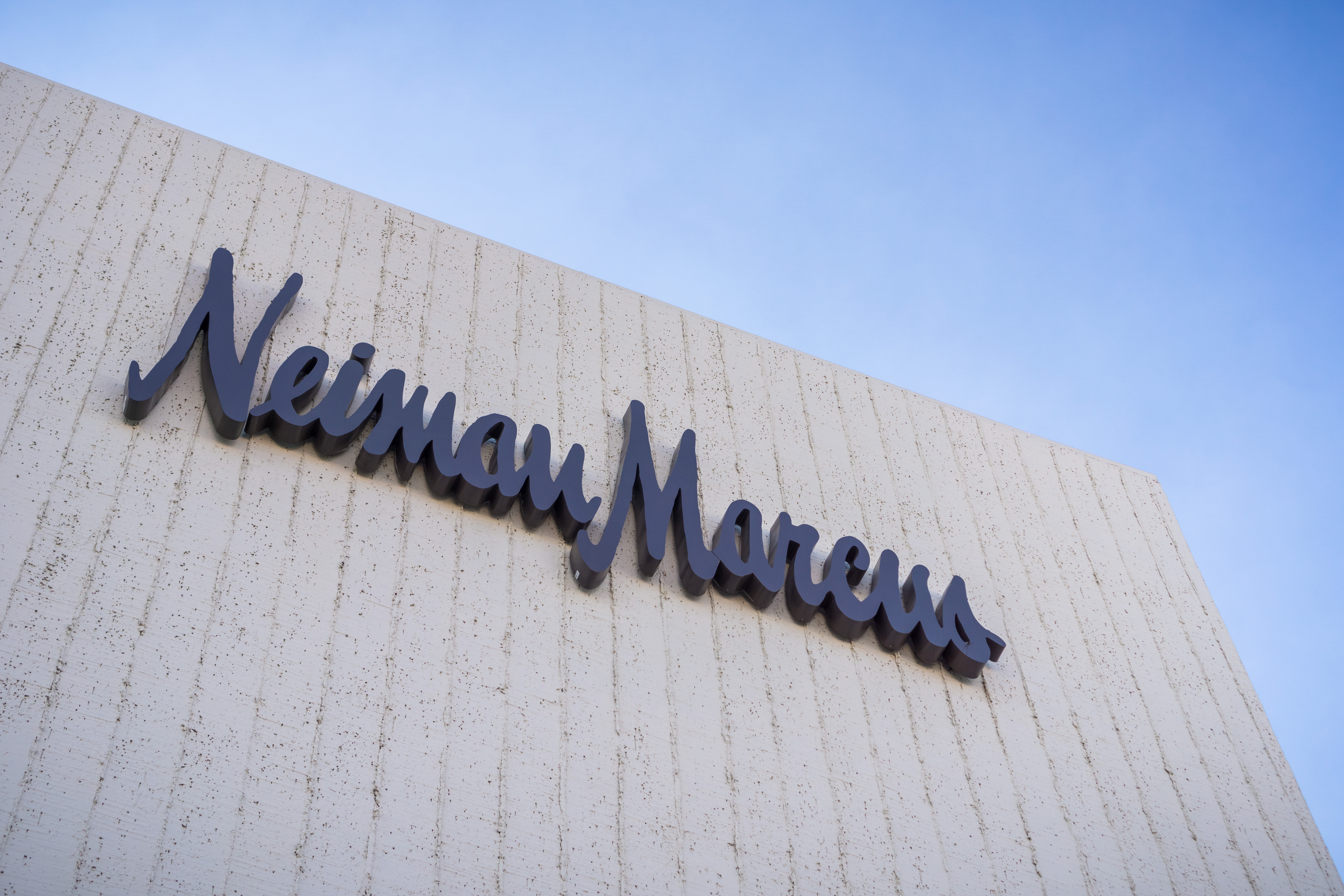VeriSign admits 2010 hack
The security company is hacked in 2010 but the details are only just emerging, calling the CA system into question again.


VeriSign's network was hacked repeatedly in 2010, but the company does not believe its DNS servers were hit.
The company, which is the registry officer for websites ending in .com, .net and .gov, admitted to the breaches in a quarterly US Securities and Exchange Commission filing in October, Reuters found.
If the VeriSign DNS network or Secure Sockets Layer (SSL) certificate data was compromised, it could have allowed hackers to pose as official websites and dupe users out of valuable data. They could theoretically pose as a bank and gain truly important information.
The worst case scenario would be several phishing attacks with valid certificates that browsers will render as legit.
Symantec, which bought Verisign's SSL certificates business in 2010, claimed data relating to acquired products was not stolen in the breach.
"Symantec takes the security and proper functionality of its solutions very seriously," a spokesperson told IT Pro.
"The Trust Services (SSL), User Authentication (VIP) and other production systems acquired by Symantec were not compromised by the corporate network security breach mentioned in the VeriSign, Inc. quarterly filing."
Sign up today and you will receive a free copy of our Future Focus 2025 report - the leading guidance on AI, cybersecurity and other IT challenges as per 700+ senior executives
Ken Silva, who was VeriSign's chief technology officer until November 2010, said he did not know about the breach until contacted by Reuters. Furthermore, senior executives were not informed until September 2011.
"All in all, we need more details to see what exactly happened during those consecutive breaches and what data was actually stolen," said head of the Bitdefender Online Threats Lab, Catalin Cosoi, in a blog post.
"The worst case scenario would be several phishing attacks with valid certificates that browsers will render as legit. This would potentially yield a huge level of data that could be exploited for financial gain. However, it's important to remember that a strong anti-phishing solution will keep you protected."
Hackers have been going after security firms in earnest in recent times. In particular though, certificate authorities (CAs) have been targeted as they allow hackers to pose as official web services.
When CA DigiNotar was hit last year, it ended up going out of business because of the repercussions.
"These targets are all trusted third-party providers of certificates, services, or secure tokens -technologies that are extensively used to authenticate and create trusted relationships on the internet and within organisations worldwide," said Jeff Hudson, CEO of certificate management company Venafi.
"The inescapable conclusion is that these providers will continue to be compromised. The breaches cannot be stopped."
There are alternatives to the CA system, however. Noted researcher and now Twitter employee Moxie Marlinspike has offered something known as the 'Convergence' model.
With the model, users are handed the SSL certificates directly, before asking a number of "trust notaries" to download it too. It then relies on consensus from these notaries to authenticate the web transaction.
To add an additional layer of security, the user goes through a proxy notary so they will remain anonymous to the trust notaries.
Read on for our look at whether the CA system can survive.
Tom Brewster is currently an associate editor at Forbes and an award-winning journalist who covers cyber security, surveillance, and privacy. Starting his career at ITPro as a staff writer and working up to a senior staff writer role, Tom has been covering the tech industry for more than ten years and is considered one of the leading journalists in his specialism.
He is a proud alum of the University of Sheffield where he secured an undergraduate degree in English Literature before undertaking a certification from General Assembly in web development.
-
 Trump's AI executive order could leave US in a 'regulatory vacuum'
Trump's AI executive order could leave US in a 'regulatory vacuum'News Citing a "patchwork of 50 different regulatory regimes" and "ideological bias", President Trump wants rules to be set at a federal level
-
 TPUs: Google's home advantage
TPUs: Google's home advantageITPro Podcast How does TPU v7 stack up against Nvidia's latest chips – and can Google scale AI using only its own supply?
-
 Scania admits leak of data after extortion attempt
Scania admits leak of data after extortion attemptNews Hacker stole 34,000 files from a third-party managed website, trucking company says
-
 Capita tells pension provider to 'assume' nearly 500,000 customers' data stolen
Capita tells pension provider to 'assume' nearly 500,000 customers' data stolenCapita told the pension provider to “work on the assumption” that data had been stolen
-
 Gumtree site code made personal data of users and sellers publicly accessible
Gumtree site code made personal data of users and sellers publicly accessibleNews Anyone could scan the website's HTML code to reveal personal information belonging to users of the popular second-hand classified adverts website
-
 Pizza chain exposed 100,000 employees' Social Security numbers
Pizza chain exposed 100,000 employees' Social Security numbersNews Former and current staff at California Pizza Kitchen potentially burned by hackers
-
 83% of critical infrastructure companies have experienced breaches in the last three years
83% of critical infrastructure companies have experienced breaches in the last three yearsNews Survey finds security practices are weak if not non-existent in critical firms
-
 Identity Automation launches credential breach monitoring service
Identity Automation launches credential breach monitoring serviceNews New monitoring solution adds to the firm’s flagship RapidIdentity platform
-
 Neiman Marcus data breach hits 4.6 million customers
Neiman Marcus data breach hits 4.6 million customersNews The breach took place last year, but details have only now come to light
-
 Indiana notifies 750,000 after COVID-19 tracing data accessed
Indiana notifies 750,000 after COVID-19 tracing data accessedNews The state is following up to ensure no information was transferred to bad actors
